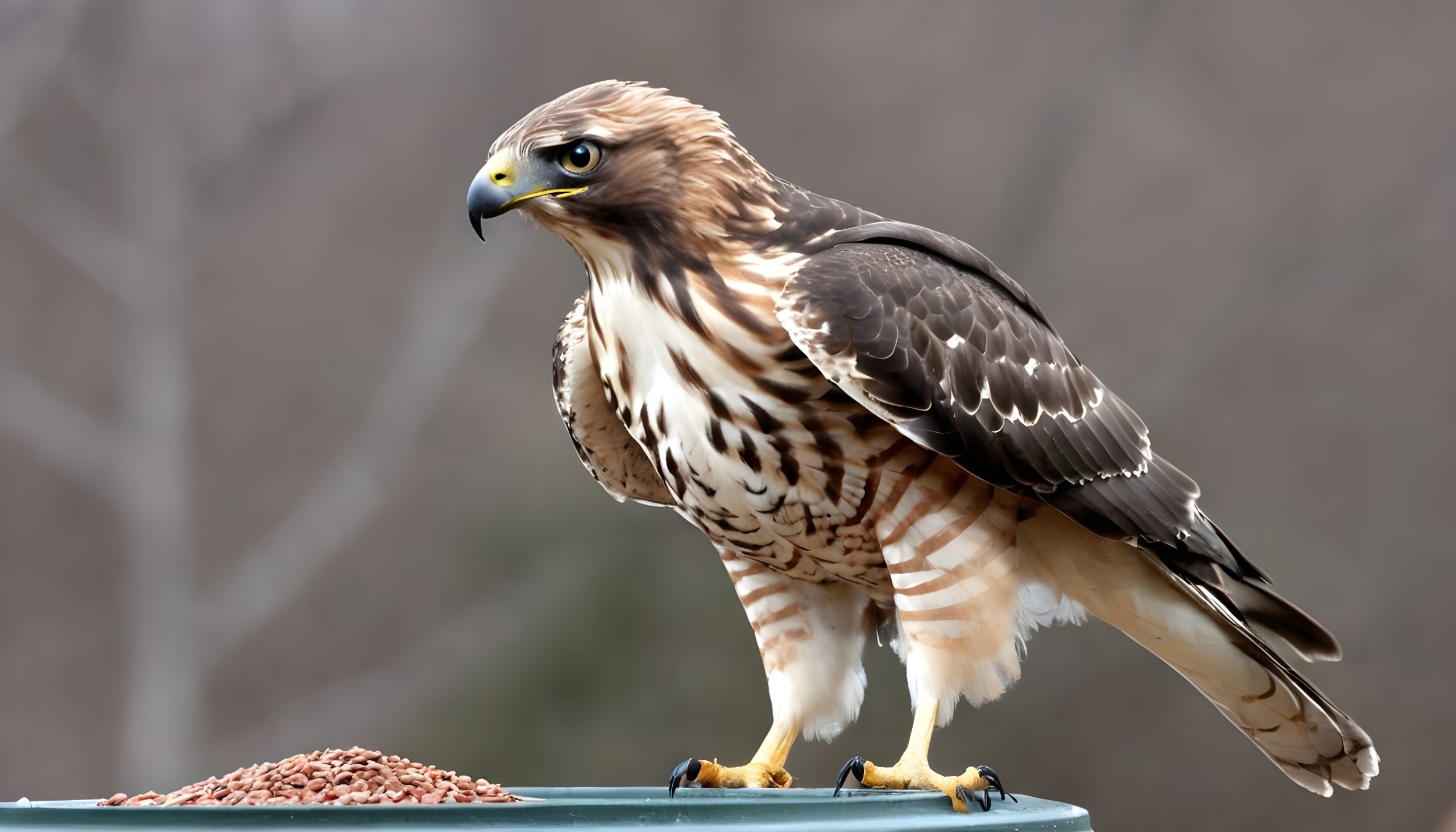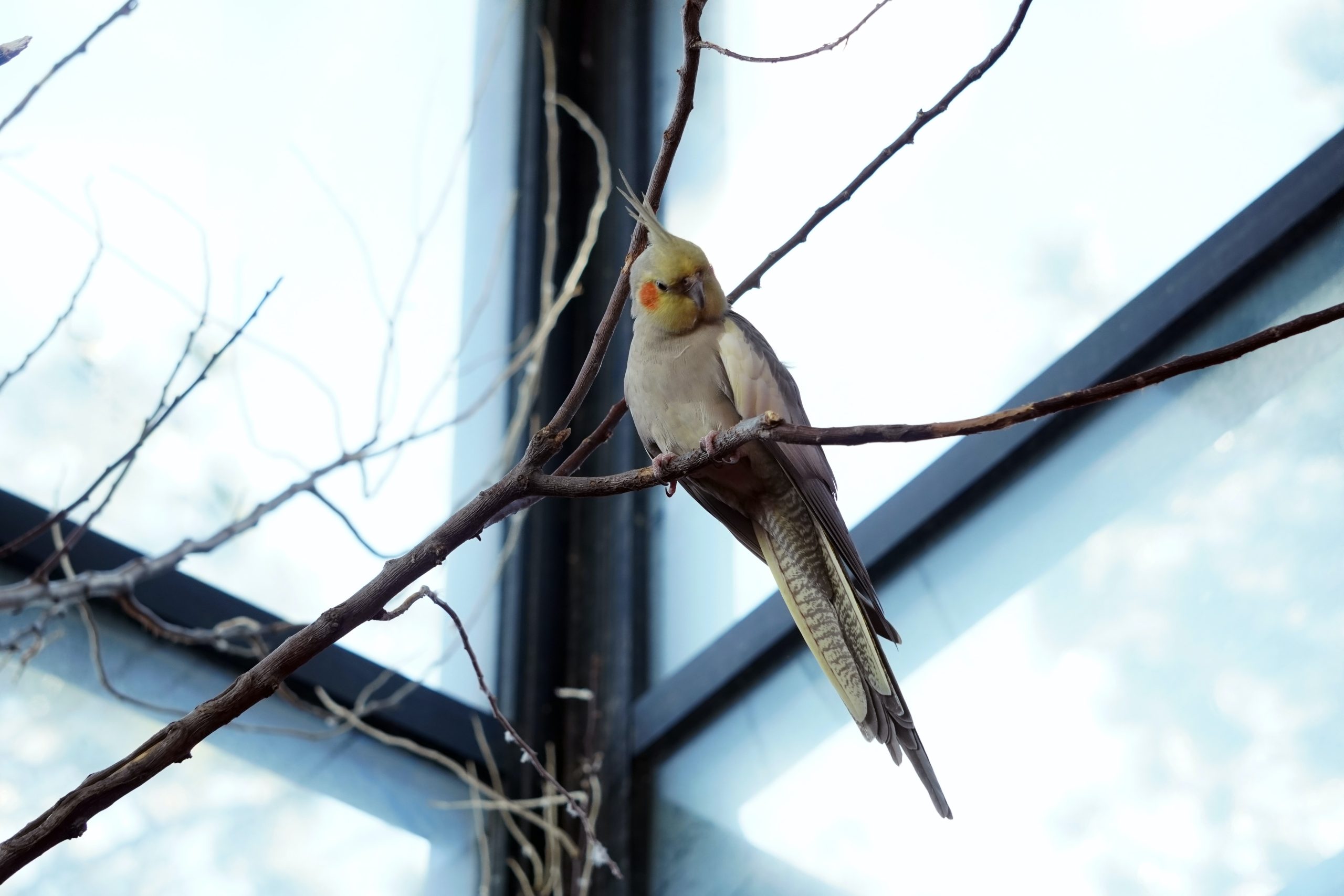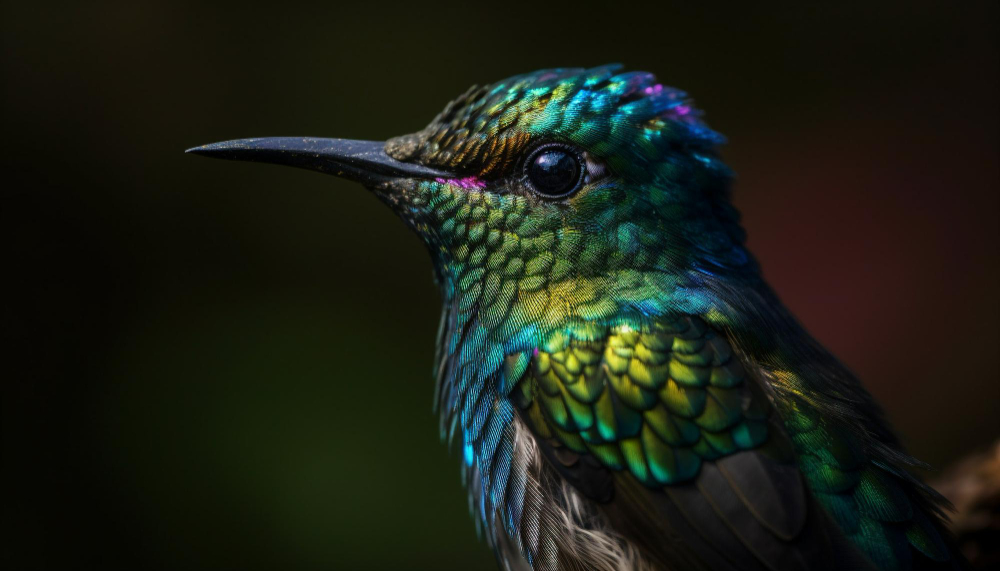do hawks eat bird seed No, hawks do not eat bird seed directly. They hunt live animals and do not consume seeds or nuts. Hawks are predatory birds that are known to hunt smaller animals like rodents, reptiles, and sometimes even smaller birds. This leads many backyard bird enthusiasts to wonder – do hawks eat bird seed from feeders? Read on for an overview of hawks and their diets, factors that influence what a hawk might eat, tips for coexisting with hawks, and answers to some frequently asked questions.
Overview of Hawks and Their Diet
Hawks belong to the taxonomic family Accipitridae and are considered birds of prey or raptors. There are over 60 recognized species of hawks across the world. Some common North American hawk species include the Red-tailed Hawk, Cooper’s Hawk, Sharp-Shinned Hawk, Northern Goshawk, Red-Shouldered Hawk, Broad-winged Hawk, and more.
As predators at the top of the food chain, hawks have excellent eyesight and hunting skills to catch prey effectively. They primarily eat small mammals and birds. Their diet can include rodents like mice, rats, chipmunks, squirrels, and rabbits. Some larger hawk species also prey on reptiles, amphibians, fish, crustaceans, and insects. When it comes to avian prey, most hawks feed on smaller songbirds like sparrows, finches, and doves or scavenge carrion and remains of dead animals.
What Do Hawks Typically Eat?
The typical hawk diet consists mainly of small rodents, songbirds, snakes, lizards, and large insects. Larger hawk species may also prey on ducks, chickens, grouse, pigeons, and more.
Here are some common foods that different hawk species are known to hunt and feed on:
- Red-Tailed Hawks: Rodents like mice, voles, rats, squirrels, rabbits. Sometimes snakes, lizards, amphibians, and small songbirds.
- Cooper’s Hawks: Mostly smaller birds like doves, woodpeckers, jays, blackbirds, and sparrows. Sometimes rodents, bats, or insects.
- Sharp-Shinned Hawks: Specialize in hunting smaller bird species in backyards, woodlands, and feeders.Including finches, nuthatches, sparrows, robins and more.
- Northern Goshawks: Squirrels, grouse, ptarmigans, crows, jays, woodpeckers, rabbits and hares.
- Red-Shouldered Hawks: Mostly small mammals like mice, voles, shrews, moles, rabbits, chipmunks. Also amphibians, reptiles, and large insects.
Factors That May Influence a Hawk’s Diet
A hawk’s diet and prey selection depend on a few key factors:
Size of the Hawk: The size, wingspan, and body mass of a hawk determines what prey it can hunt. Large Hawk with White Chest like the Red-tailed Hawk can attack larger prey, while smaller Cooper’s Hawks focus on hunting smaller bird species.
Habitat and Range: The natural habitat and range of a hawk also impact the availability of prey. Hawks in forested regions feed more on tree-dwelling mammals and birds. While hawks in suburban areas may prey more on rodents, backyard songbirds.
Prey Availability: The local availability of potential prey influences what a hawk eats. Hawks are opportunistic predators and will hunt the most abundant potential food source available.
Hunting Techniques and Skills: Different hawk species have varying techniques – some hunt from high perches while others pursue prey in fast-flying chases through dense cover. Their hunting skills determine prey capture success rates.
Competition and Predation Pressures: Other predators in the habitat also affect hawk diets. Competition from predators that share the same prey forces hawks to diversify food sources to survive.
Seasons and Migration: Breeding seasons lead to changes in diet as hawks hunt more often to feed their young. Some migratory hawk species also have different dietary patterns in their breeding vs wintering grounds.
Other Tips for Keeping Hawks Away
While hawks play an important ecological role, their presence may sometimes frighten other backyard birds. Here are some tips to prevent hawks from targeting songbirds and poultry:
- Install predator guards and covers on bird feeders, cages, and enclosures
- Use bird feeders with weight-sensitive perches that close access when hawks land
- Position feeders closer to vegetation cover and away from sites exposed to aerial attacks
- Stop feeding birds for some time till hawks find alternate prey sources
However, completely excluding hawks from an area through lethal control is illegal and unethical. The ecological importance of hawks must be respected.
Understanding the Importance of Hawks in the Ecosystem
Hawks occupy an important position in many food webs and maintain ecosystem balance. Here’s how hawks contribute:
Population Control of Prey: Hawks help regulate and control populations of small mammals and birds by preying on sick, weak, or surplus individuals. This maintains equilibrium in land-based ecosystems.
Nutrient Cycling: As predators, hawks enhance nutrient cycling and enrich soils by leaving remains scatter-hoarding food from kills. These leftovers are also consumed by insect and microbe decomposers.
Bioindication of Environmental Health: As raptors situated at the top of food chains, hawk population numbers, and breeding rates act as critical indicators of the health of local habitats and the availability of prey species. Their presence symbolizes robust and biologically diverse ecosystems.
Thus steps must be taken to preserve hawk natural habitats and ensure their conservation as key pieces of healthy, functional environments for other wildlife. Removing hawks can upset the natural balance and have unintended cascading impacts on ecosystems.
How to Coexist with Hawks
To allow hawks and other birds to safely coexist:
- Maintain native vegetation that provides refuge cover for smaller birds
- Position feeders in protected spots surrounded by buffers of dense shrubs and brush
- Use feeder designs that prevent large birds like hawks from access
- Scare or discourage hawks from hunting near feeders using decoys or sounds
By taking precautions, homeowners can reduce hawk-songbird conflicts while also supporting the conservation of hawk populations and local biodiversity. Allowing both predator and prey species to inhabit shared spaces underscores the resilience of natural ecosystems amid human habitation.
Ultimately bird feeding enthusiasts must acknowledge that hawk predation is a natural phenomenon and accept occasional visits by these majestic raptors around backyard feeders or habitats.
Do hawks eat out of bird feeders?
Typically hawks do not eat seeds, nuts, or bird feed directly from backyard feeders. However, they are attracted to areas with high densities of songbirds drawn to feeders with abundant food. So hawks may scout, observe, and even ambush feeders frequented by potential small bird prey. Providing cover and using specialized feeders can help reduce this behavior. Their primary interest is in live prey, not the feed itself.
Do hawks eat seeds and nuts?
In general, hawks do not directly consume vegetable matter like seeds or nuts as a main component of their diet. They cannot easily process, digest, and extract nutrients from them. But occasionally they may ingest parts of berries, grains, and fruit incidentally as gut contents from the stomachs of prey like sparrows or rodents. Their digestive systems are adapted for an exclusively carnivorous, meat-based diet from animal prey.
Do hawks eat sunflower seeds?
While many songbirds relish oil-rich sunflower seeds, hawks themselves do not directly eat straight sunflower seeds. However, hawk species like Cooper’s hawks and Sharp-shinned hawks do prey on smaller birds like chickadees, nuthatches, and titmice that enjoy eating sunflower seeds from feeders. So in that indirect manner, hawks derive energy from sunflower seeds by feeding on birds that have fed on these seeds.
Can you feed a hawk in your yard?
It is generally unsafe and illegal to deliberately feed hawks without special permits. Hawks are not adapted to digest processed bird feeds. Concentrating hawks artificially through feeding can upset ecosystem balance and displace other raptors or backyard wildlife. They may also become habituated to human presence and aggressive towards pets or young children if fed. Attracting hawks to yards should rely on preserving natural habitat and allowing normal prey densities – not through offering unnatural foods that can foster dependency. Homeowners should instead responsibly maintain landscapes where hawks can hunt and thrive on their own within sustainable limits.
What Do Hawks Eat? What Do These Birds Of Prey Hunt?
As skilled aerial predators, hawks use their sharp talons, curved beaks, excellent vision, and speed to hunt smaller animals for food. Different hawk species prey on mammals like mice, rabbits, squirrels, reptiles including snakes and lizards, and insects. Some smaller hawks specialize in hunting backyard birds visiting feeders.
Are hawks good to have around?
Hawks serve valuable ecological functions by controlling prey numbers and cycling nutrients. Their presence indicates well-balanced and biodiverse habitats. However, they also pose threats to backyard poultry and valued songbirds popular with birdwatchers.
So coexistence requires managing risks by installing protected bird feeders while also supplying hawks’ preferred foods like rodents through habitat conservation. Following regulations on deterring nuisance hawks non-lethally and accepting occasional predation is key. Excluding hawks completely can damage local environments. With some thoughtful planning, homeowners can harness the benefits of keeping hawks around while supporting backyard diversity.
What are hawks’ favorite foods?
| Hawk Species | Favorite Foods |
|---|---|
| Red-Tailed Hawk | Small mammals like mice, voles, chipmunks, rabbits, squirrels |
| Cooper’s Hawk | Small birds like sparrows, doves and jays |
| Sharp-Shinned Hawk | Songbirds that visit backyard bird feeders |
| Northern Goshawk | Squirrels, grouse, crows, woodpeckers |
| Red-Shouldered Hawk | Mice, shrews, moles, snakes, insects |
Conclusion: Do hawks eat bird seed
In conclusion, while hawks are primarily carnivorous predators that feed on live animal prey, they generally do not directly consume vegetable-based birdseed from feeders. However, their presence near backyard feeding stations in pursuit of smaller birds can threaten and disrupt enjoyment for enthusiasts. Through sensible precautions like protected bird feeder placement and control of open hunting perches, homeowners can enable hawks and songbirds to safely coexist in shared spaces. Ensuring habitat cover for prey and accepting hawks as integral members of the environment underscores a balanced ecosystem.
FAQs
What is a hawk’s favorite food?
Hawks do not have any one single favorite food but prefer small rodents and mammals as well as insects, snakes, songbirds, and more depending on the exact species. Some favorite prey across hawk species includes mice, voles, shrews, rabbits, squirrels, lizards, and large beetles or grasshoppers.
What do hawks eat most?
The majority of hawk diets consist of small mammals like mice, rats, chipmunks, moles, and voles which are abundant and provide plenty of meat protein. 75% or more of many hawk foods are small rodents. They also heavily prey on reptiles like small snakes and backyard songbirds like sparrows, pigeons, and doves.
Do hawks eat pigeons?
Yes, some hawks like Cooper’s Hawks and Sharp-Shinned Hawks do hunt, kill, and eat pigeons, especially fledglings and less experienced flyers that are easier to catch.
What does Hawk taste like?
Eating hawk meat is illegal and unethical. As apex predators, hawks bioaccumulate toxins making their meat unsafe for human consumption. Their natural function is to serve as wildlife, not food.
Do hawks have smell?
Hawks have relatively weak senses of smell compared to vision or hearing. They rely much more on spotting prey visually from afar or hearing rustles and movement. Scent and smell play little role in their hunting compared to other adaptations like precision talons.
Is dinosaur meat real?
No, dinosaurs are extinct so their meat no longer exists. Reports of real dinosaur meat are hoaxes. However birds have evolved from theropod dinosaurs and share ancestry with raptors like velociraptors. So hawk meat is the closest equivalent to a dinosaur in modern times!
How powerful are hawks?
Hawks are extremely powerful raptors in terms of speed, aerial agility, and grip strength capacity. They can swoop down on prey at speeds over 120 mph, swiftly turn and change directions mid-flight, and their talons can exert forces over 300 psi, easily crushing small animal skulls. Relative to their smaller body size, hawks are one of the most powerful and lethal hunters in the natural world next to peregrine falcons.
What is the most powerful hawk in the world?
The Ferruginous Hawk is considered the largest and most physically powerful hawk in the world in terms of its size, wingspan, weight, and strength. It lives in grasslands and prairies of North America and can grow to have a 5+ foot wingspan and weigh over 5 pounds. Next in line are major powerful hawks like the Eurasian Eagle Owl, Golden Eagle, Harpy Eagle, and Philippine Eagle.
What does Hawk With White Head eat?
The most common white-headed hawk species are Bald Eagles and Golden Eagles. Bald Eagles eat mainly fish but also hunt ducks, gulls, squirrels, and rabbits. Golden Eagles prey on small mammals like hares, ground squirrels, prairie dogs, and rabbits. Their white heads camouflage against the sky, helping them stealthily hunt a variety of prey. But both are versatile apex predators that adapt their diet based on habitat and food availability.
What do hawks eat?
Hawks are carnivores that eat small mammals, birds, reptiles, amphibians, and insects. Common hawk prey include mice, rats, squirrels, rabbits, snakes, lizards, frogs, songbirds like sparrows and pigeons, and insects like grasshoppers. Different hawk species have preferences, but most focus on small vertebrates.
Do Hawks Eat Birds?
Yes, many hawk species hunt smaller bird species, especially songbirds that visit backyard bird feeders. Sharp-shinned hawks and Cooper’s hawks are adept bird hunters who prey on sparrows, robins, doves, jays, pigeons, and more. Their diet can consist of over 90% of small birds.
Do hawks eat squirrels?
Yes, squirrels are a common part of the diet for many larger hawks like red-tailed hawks and northern goshawks. Squirrels provide a good source of meat protein and fat for hawks.
Do hawks eat snakes?
Yes, hawk species like the red-shouldered hawk regularly eat small snakes like garter snakes and vine snakes as a key part of their varied carnivorous diet. Snakes provide essential nutrients for breeding hawks.
Do hawks eat rabbits?
Some hawks do hunt young rabbits and hares, especially large species like red-tailed hawks, Ferruginous hawks, and northern goshawks. Rabbits supplement their small mammal prey. But adult jackrabbits and hares can sometimes be too large for smaller hawk species to catch and carry.




